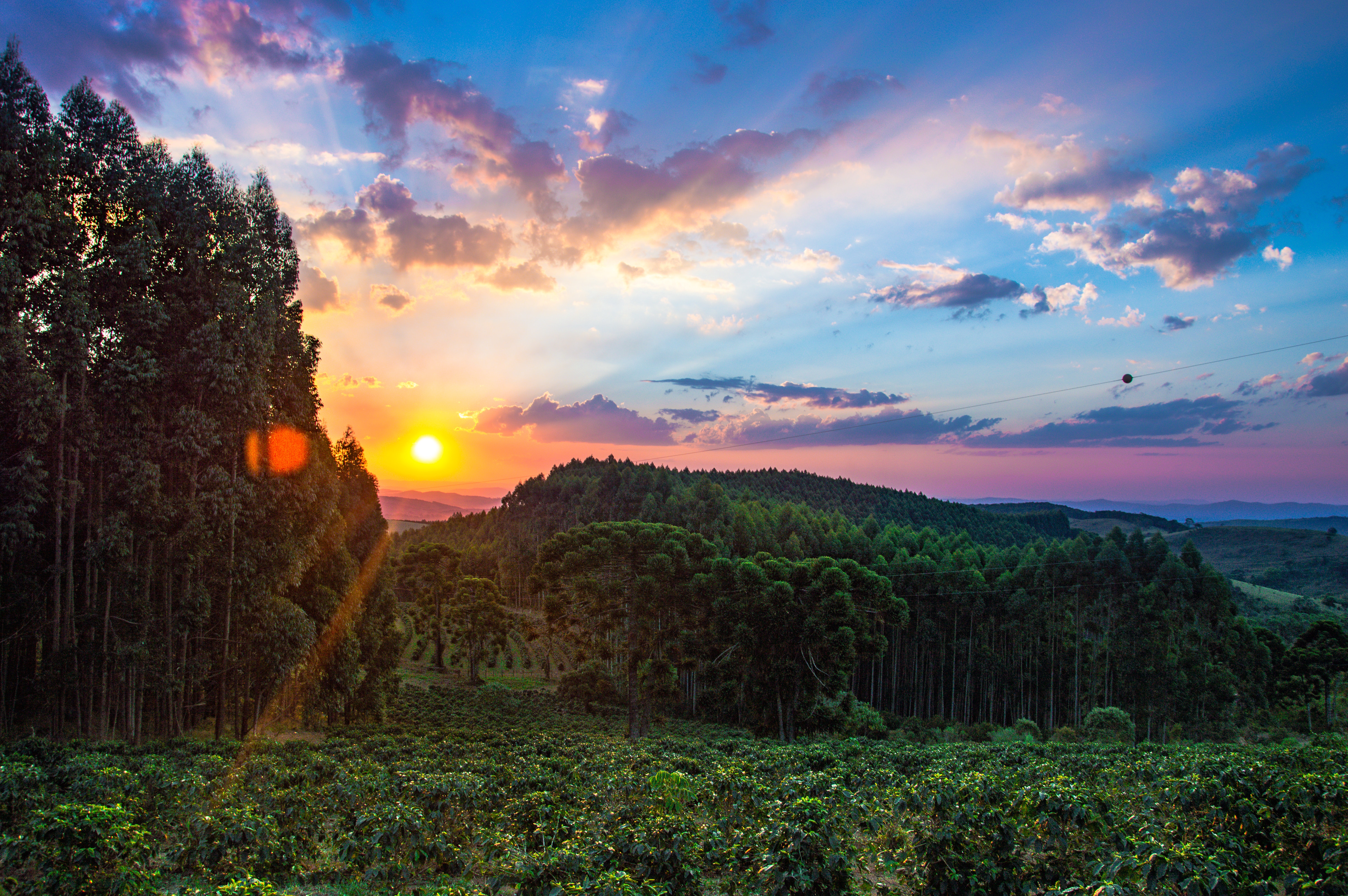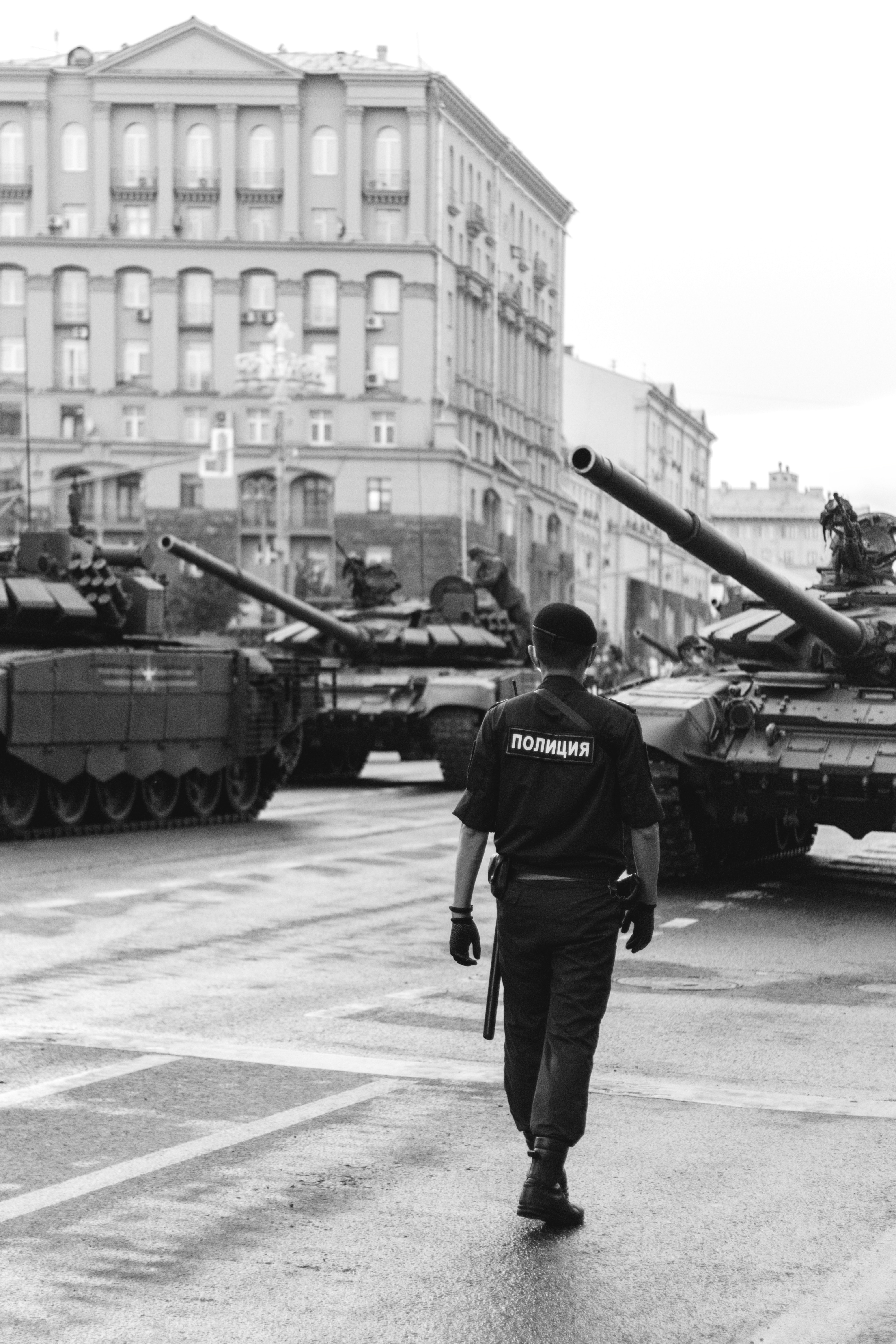It’s official – there’s a worldwide coffee shortage. Stockpiles of aromatic Arabica beans have now reached their lowest in 22 years. But just what is going on?

You’ve probably noticed how the costs of many foods are steadily rising. Indeed, global food prices recently approached a record high. This is due to the increased freight costs and supply chain turmoil that has plagued many businesses and poor weather back in September 2020.
So why is the unusual Brazilian frost of 2020 only starting to affect coffee prices now? To answer this, we’ll have to take a look at how coffee trees grow. Coffee trees favor temperatures of around 71°F. Slightly cooler temperatures are okay for short periods of time – for example, when the temperature cools every night. Frost, however, impacts a coffee tree’s energy to such an extent that the tree cannot produce coffee cherries if temperatures remain frosty too long. On top of this, it takes the trees several years to recover from frost.

If this wasn’t enough, 2020’s frost was accompanied by drought, too! This has led to the year-on-year reduced coffee crop yield in South America.
Any coffee lover knows Brazil is the number one coffee producer by a considerable margin, though less affected regions like Columbia produce vast amounts of coffee beans. So, it’s no surprise that Brazil’s coffee harvest dictates the entire market value of coffee.
The price of coffee was not impacted last year. This is because the frost occurred so late in 2020. But now, coffee prices are at their highest in ten years!
What’s more is, as the stockpile of coffee dwindles, the already high prices continue to increase. If the stockpiles fall below 1 million bags, as they are currently on track to do, prices could rise sharply!
The Russian invasion of Ukraine has affected coffee prices in a variety of ways, too. In the past, Ukraine and Russia accounted for 4% of the world’s coffee consumption. The two countries mainly imported Robusta beans from countries like Vietnam. Businesses in Ukraine and Russia either simply roasted these beans, or used them to make instant coffee, like the popular Strauss brand’s Fort coffee.

Now, though, with the ports closed, coffee contracts are being canceled and shipments redirected left right and center. Many traders and exporters in Vietnam are struggling to get in touch with their Ukrainian and Russian clients, with some shipments stuck at the ports. This has brought the overall price of coffee down slightly, but for how long?
With the new coffee crop now on its way in May-June, there’s no telling what will happen next. But no matter how coffee prices fluctuate, you can still be sure you’ll always find great, affordable coffee at Christopher Bean.
 US Dollars
US Dollars


